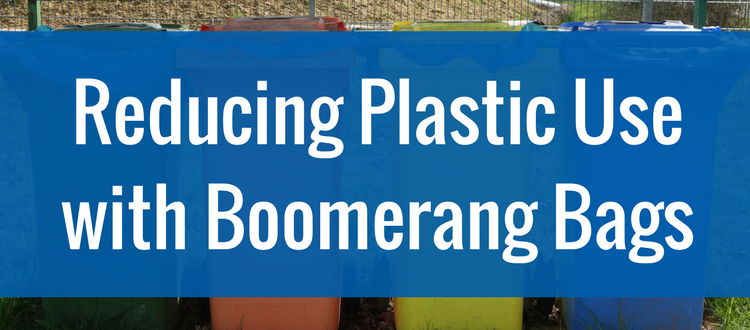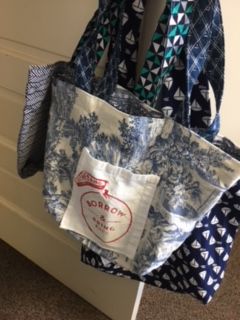Bye-Bye Plastic, Hello Homemade Boomerang Bags

By Domenica Di Piazza, Editorial Director of Twenty-First Century Books
 The Twenty-First Century Books team is proud of Jennifer Swanson and her first Twenty-First Century Books young adult title, Geoengineering Earth’s Climate, and of Stuart A. Kallen and his title Trashing the Planet. Both STEM titles just received commendation from the Green Earth Book Awards.
The Twenty-First Century Books team is proud of Jennifer Swanson and her first Twenty-First Century Books young adult title, Geoengineering Earth’s Climate, and of Stuart A. Kallen and his title Trashing the Planet. Both STEM titles just received commendation from the Green Earth Book Awards.
The awards are sponsored by the Nature Generation, a Washington, DC-based environmental nonprofit group that “inspires and empowers youth to make a difference . . . through innovative environmental stewardship programs in literature, science and the arts.” For example, the group founded the nation’s first environmental stewardship literature and book award program, known as the Read Green Program.
Plastic, plastic, everywhere
Among the many STEM titles on the Twenty-First Century Books imprint list to explore environmental issues, Trashing the Planet in particular drove home to me the importance of reducing my own reliance on plastic. One entire chapter in the book explores the harmful impact of plastic on wildlife, our oceans and waterways, and on human health. The book also looks at some of the many creative ways people are working to eliminate, or at a minimum to repurpose, plastic in their lives.
After reading the chapter, I went home and looked at all the plastic in my home. I started with the kitchen and began to replace plastic there with reusable glass containers, metal implements, and cloth materials. I’m moving next to my wardrobe to eliminate as much polyester as I can. Yep, polyester is a plastic, and is petroleum based.
Reducing plastic waste with Boomerang Bags
I also joined my local Boomerang Bag club last year. This “sew sustainable” movement originated in Australia in 2013 and has grown to more than six hundred groups around the world. The goal is to repurpose recycled and donated fabrics by making reusable cloth tote bags to replace plastic bags.

So far, the global grassroots movement has diverted almost 60,000 kilograms (132,000-plus pounds) of waste from landfills, and more importantly, produced and distributed close to 200,000 Boomerang Bags from donated and recycled cloth.
Our local group is working our way to our first five hundred bags; I’ve made about fifty so far and worked on the pieces for many more. Here at Lerner Publishing Group, we have three Boomerang Bags of our own to use for our library runs. (Happily for us, the central library facility is one block away.)

Interested? Join or start a Boomerang Bag group in your community. Send us photos of your Boomerang Bags. And look for other ways to eliminate plastic from your consumer cycle. You can definitely make a difference by practicing the three R’s–reduce, reuse, and recycle.
For ways to reuse the plastic bags you already have, click here for Lara Neel’s post on plarn (plastic yarn) crafts!
Comments